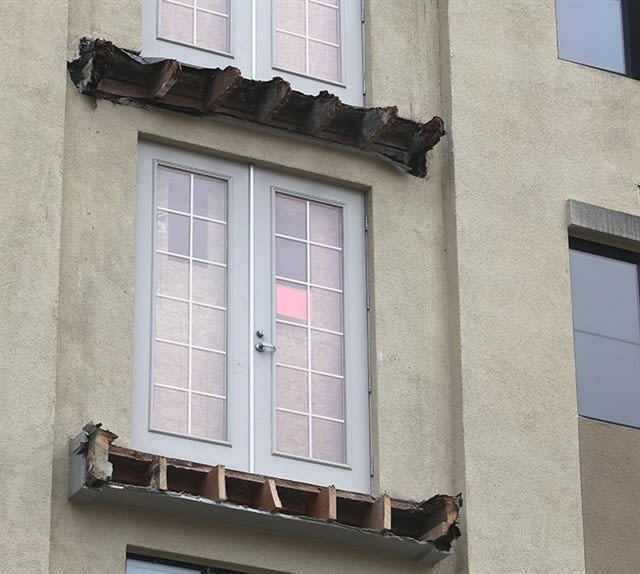ALA445
Mechanical
- Jul 12, 2019
- 16
Dear Folks,
What are the requirements if I need to revamp a sweet service ASME pressure vessel into sour service. Please reply in the light of NACE MR0175/ ISO15156-1:2015.
What are the requirements if I need to revamp a sweet service ASME pressure vessel into sour service. Please reply in the light of NACE MR0175/ ISO15156-1:2015.




